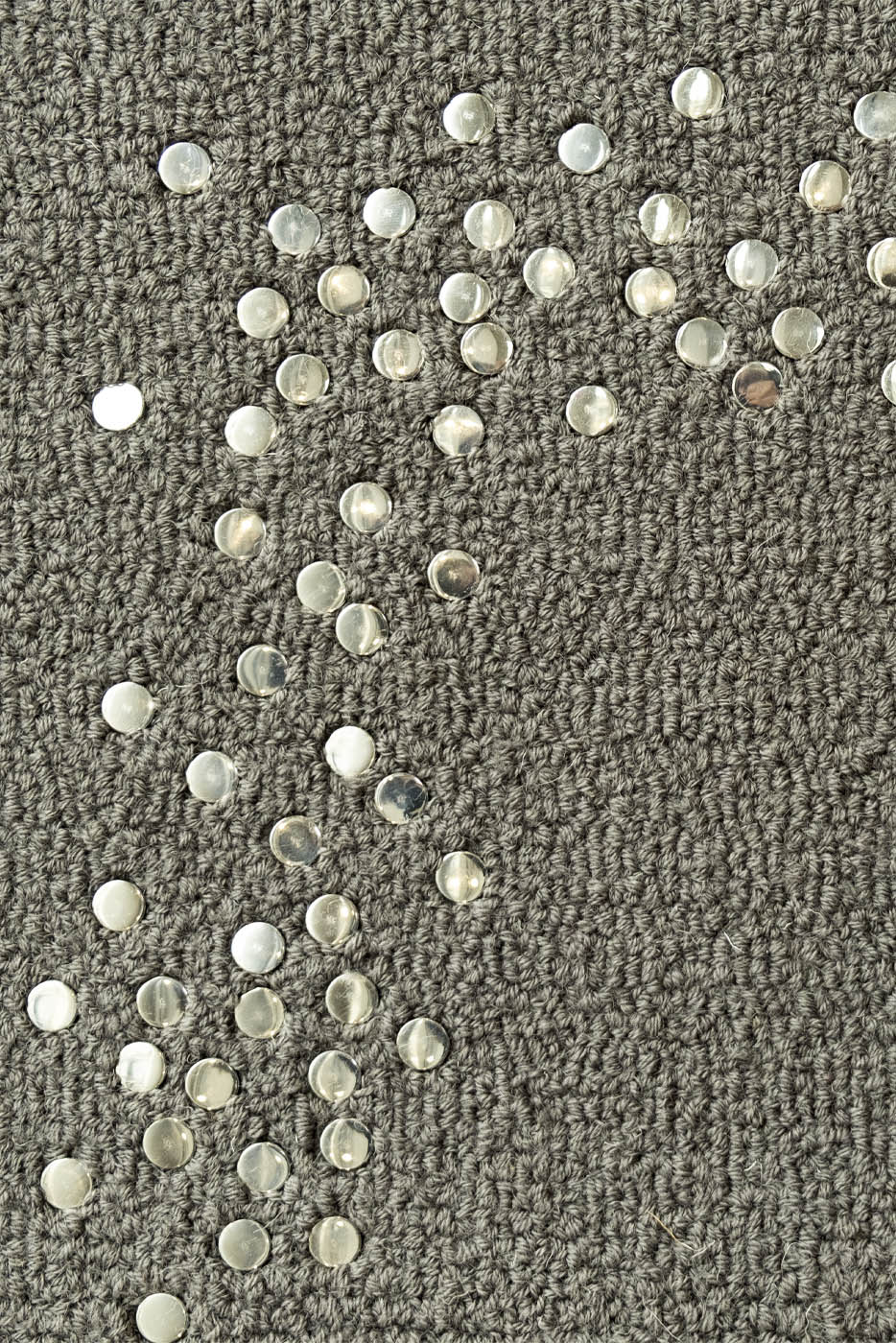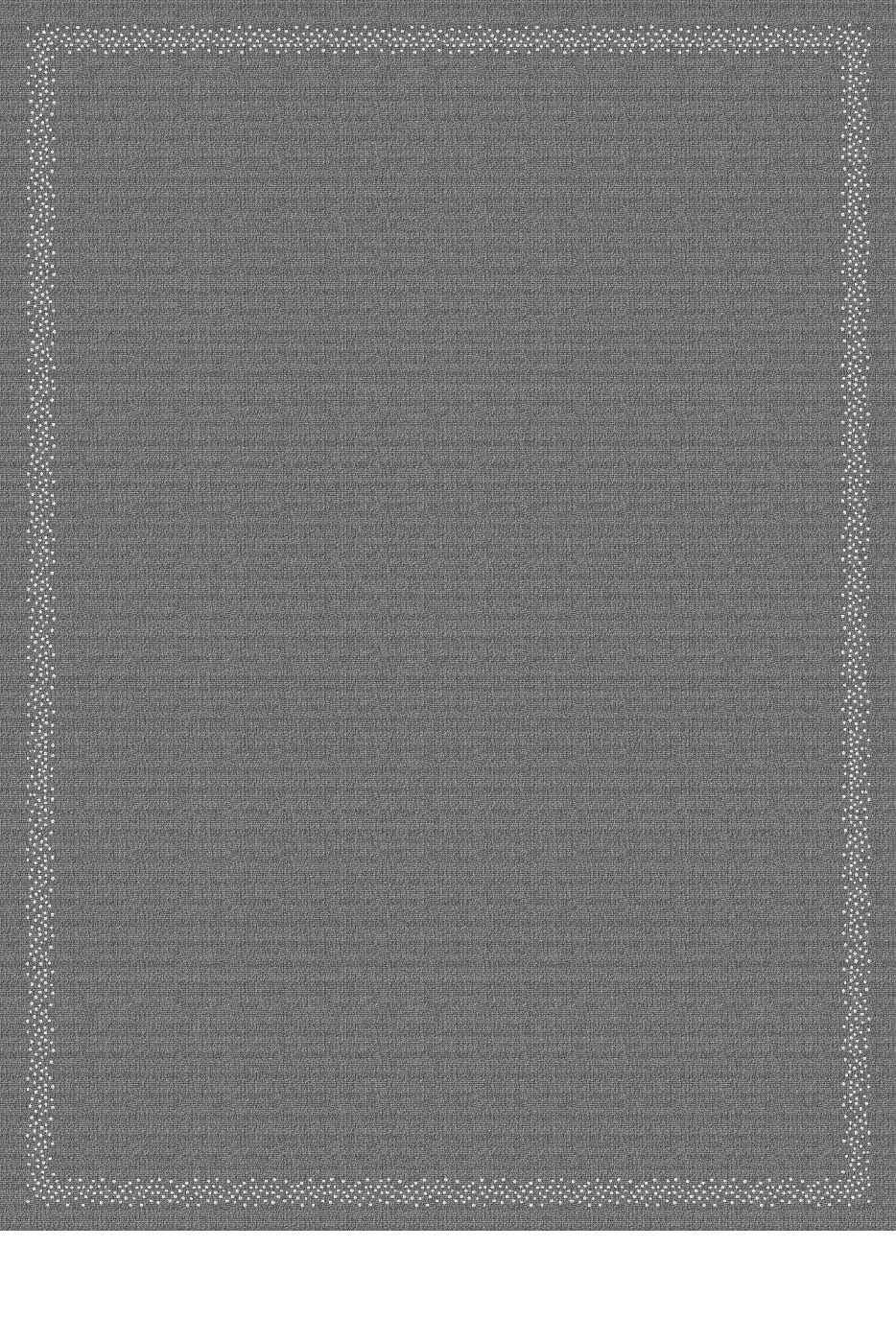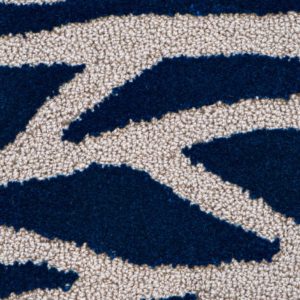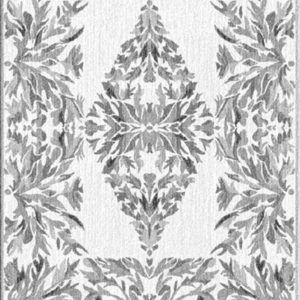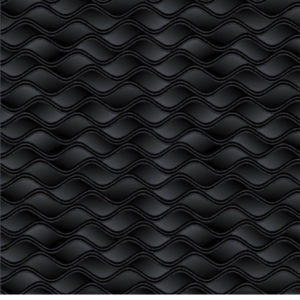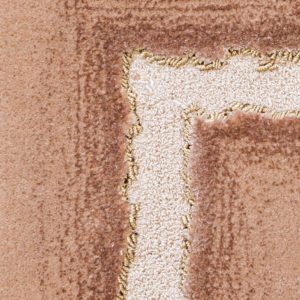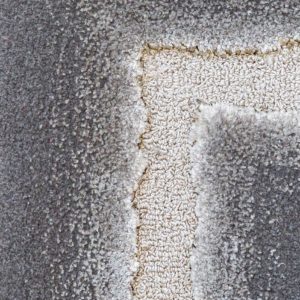Voie Lactée
1701,00€
by ULRIKA LILJEDAHL
HAUTE COUTURE & PRÊT À PORTER
MATERIALS a choice
TECHNIQUE Hand tufted
SIZE a choice
PRICE ON REQUEST. CONTACT US.描述
wool
Wool is an animal fibre, most often derived from sheep fleece. Wool was already being spun as early as 5,000 BC. In Roman times, wool, leather and linen were the main materials used to make clothes. With the progressive development of mechanical processes and the evolution of breeding techniques, wool became the economic lung of several countries in the Xth century, and again in the XIIth. Renowned for its thermal and sound insulation properties, wool also offers the advantage of absorbing moisture. It is a noble and timeless material, used from time immemorial for its strength and durability. PINTON uses local wool with shorter carded fibres, which make it fluffier and give it more volume, or a specific type of wool from New-Zealand with long combed fibres that are more resistant to heavy traffic. Both types of wool are spun (carded or combed) and dyed in the spinning plant located in Felletin. Whether they are made in 100% pure virgin wool or blended with other materials like linen, silk, bamboo, leather or many others, PINTON wool rugs and carpets bring comfort and quality.
inserts
Like flowers brightening a wheatfield and giving extra charm, inserts embellish our rugs. They bring an original and precious touch, using threads in materials as unexpected as lurex, phosphorescent fibres, metal, vinyl or leather. An insert is a different material woven into a rug. It can also be made of beads, ribbons or rivets. Inserts add a whole new dimension to a rug and enhance a texture or material, or play with the light in a new way, creating unusual contrasts. Inserts are a perfect illustration of the skills applied by our craftspeople to the production of our Couture rugs. They offer the artists and designers with whom we collaborate many possibilities and a vast areas for exploration and experimentation. Facilitated by the PINTON expertise and the company’s love of innovation, this process allows the artists’ imagination to roam freely. It gives them the opportunity to reinvent materials and create outstanding rugs, both tactile and visually appealing, generating curiosity and admiration.
silk
Silk is a natural animal fibre derived from the cocoon spun by the caterpillar of the bombyx mori (worm of the mulberry tree), unsurprisingly called the “silkworm”. Invented in China in the IIIrd millennium before Christ, silk wasn’t produced in Europe, mainly in Italy, before the end of the Middle Ages. And it’s only under the reign of Henri IV that silk production developed in France with the planting of 4 million mulberry trees in the Ardèche, Dauphiné and Cévennes areas. Silk threads are very strong and quality weaving makes silk very resistant. It gives a particular shine to the woven pieces and combines easily with other materials such as wool or bamboo. In its Couture collection PINTON offers 100% silk rugs, incredibly soft. In tapestries silk is most often used in complement of one or more other materials like wool or even cotton.
Ulrika
Liljedahl
Ulrika Liljedahl est une artiste suédoise. Elle vit et travaille à Paris. Elle collabore régulièrement avec la haute couture et le prêt à porter de luxe pour des marques comme Christian Lacroix, Alexander McQueen (Givenchy), John Galliano (Dior), Jean-Paul Gaultier, Yves Saint Laurent, Louis Vuitton ou encore Marc Jacobs. Pour eux, Ulrika Liljedahl développe des matières et des textiles originaux. Certaines de ses pièces ont été exposées dans divers musées à travers le monde comme le Metropolitan Museum of Art à New York, le Musée Bunkamura à Tokyo, le Musée Galliera et le Musée de la Mode à Paris. D’autres ont rejoint des collections importantes notamment celles du Centre National des Arts Plastique ou encore du Musée Galliera.
La collaboration entre Ulrika Liljedahl et PINTON s’inscrit dans le temps. Pour la maison, l’artiste tisse d’œuvres en œuvres un univers mystérieux, organique et poétique à travers des motifs et des associations de matières originales qui attirent l’œil et incitent au toucher.
hand tufted
The hand tufting technique is a process combining centuries-old skills and modern weaving tools. The canvas is perfectly stretched over an upright loom and the craftsperson transfers by hand the future design of the rug with the utmost precision. Threads are inserted manually, one by one, working with a gun on the back of the canvas, following the colours, the drawing and the different tuft heights. PINTON was one of the first manufactories to use the gun tufting technique to produce some of its rugs and carpets and is the only French workshop offering very high quality tufted rugs. With this technique, production times are reduced compared to the knotted stitch weave or point noué. Finally, hand tufting offers a large range of possible depths. Carving is the technique that consists in sculpting the wool and creating textures within the woven rug. Since the early 1990s, PINTON has been specialising in the production of hand tufted rugs for which it also collaborates with famous designers and artists.

